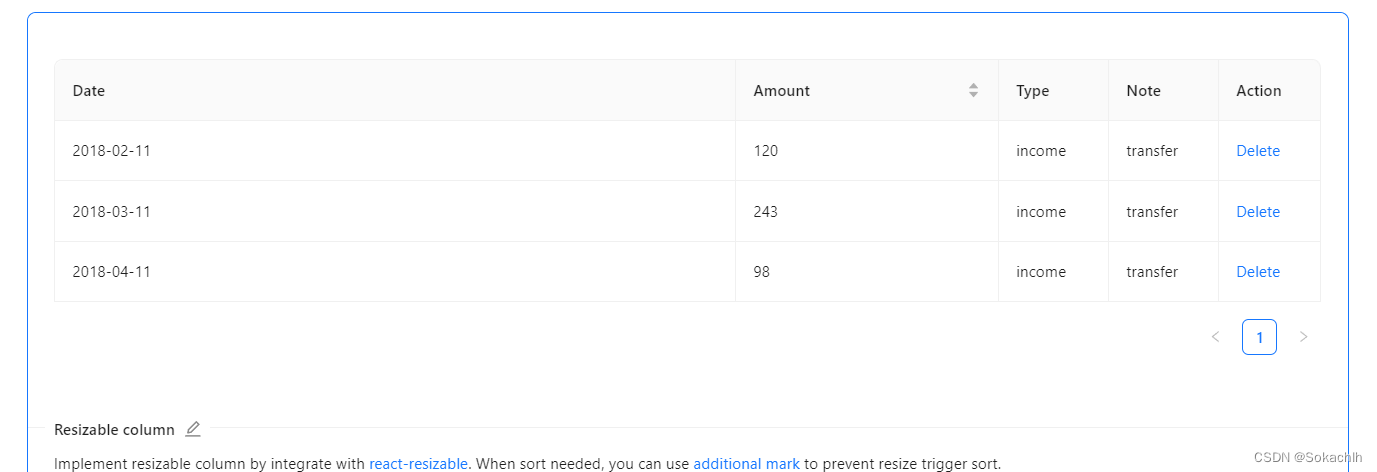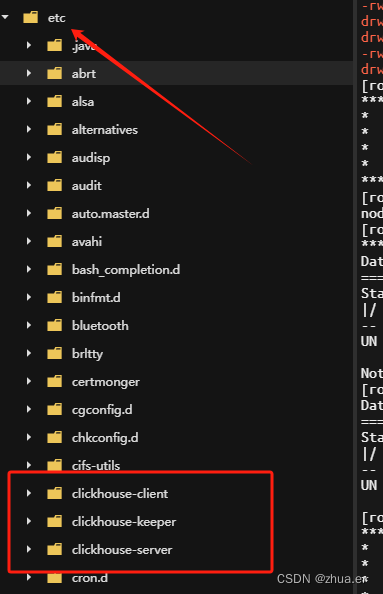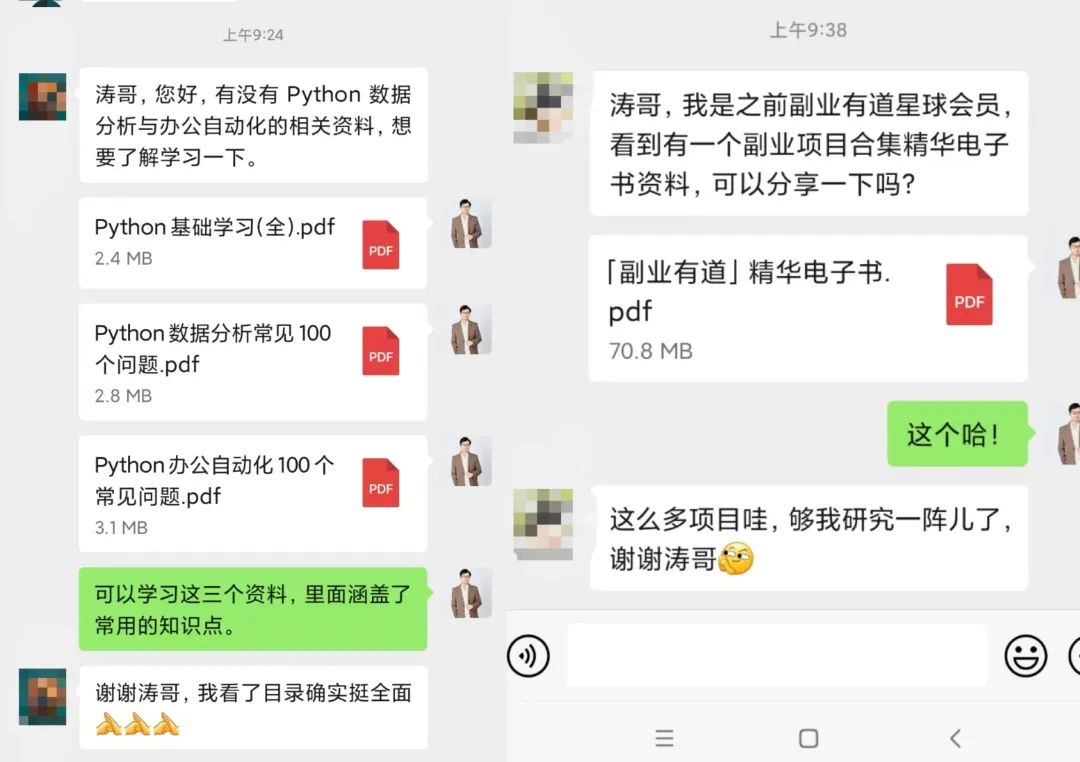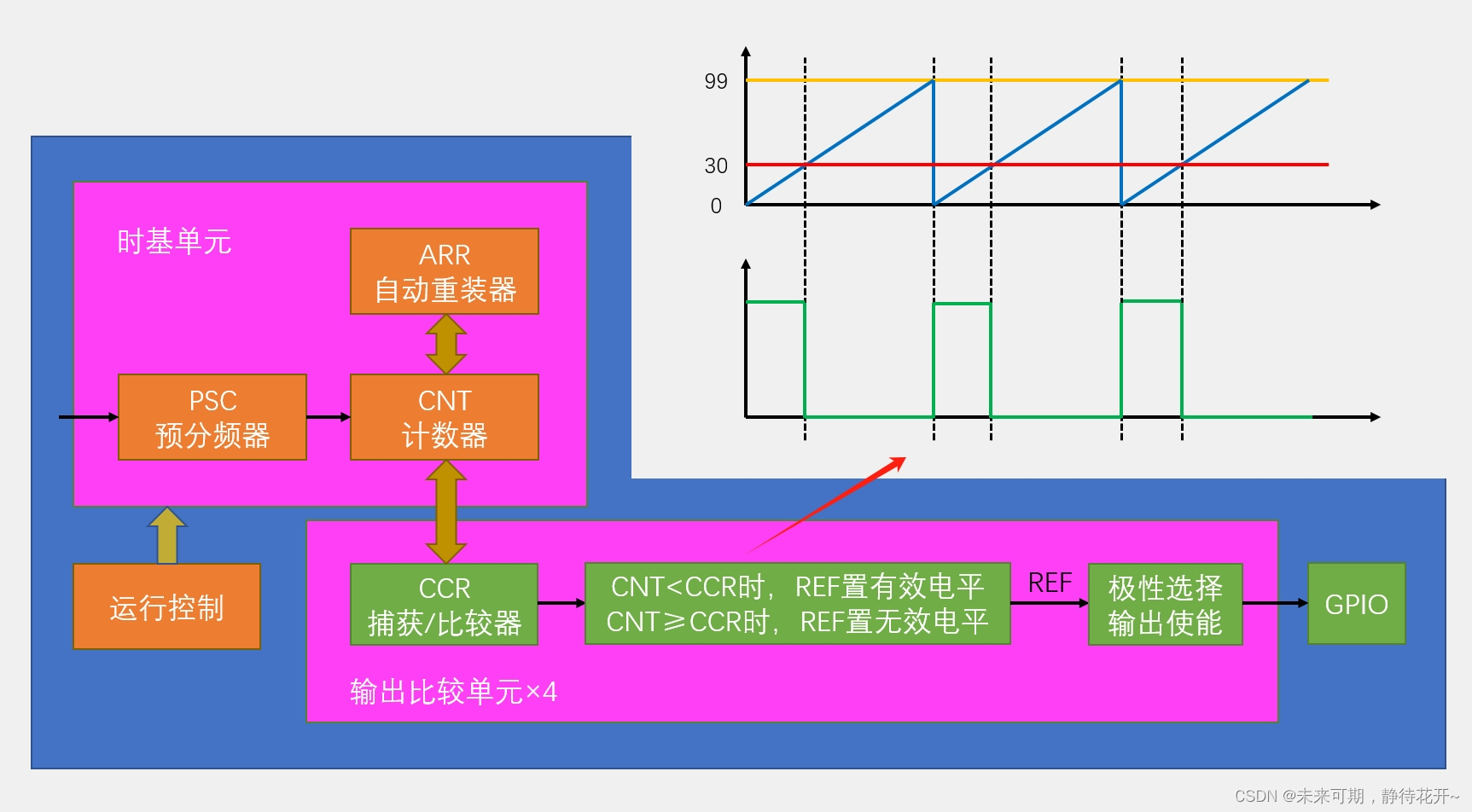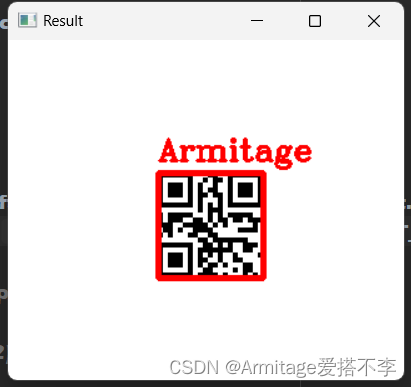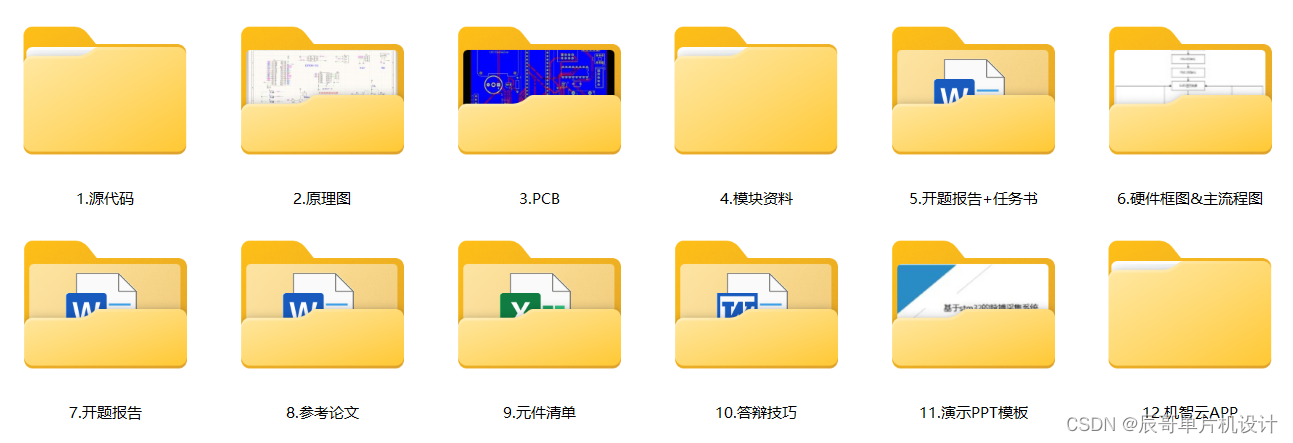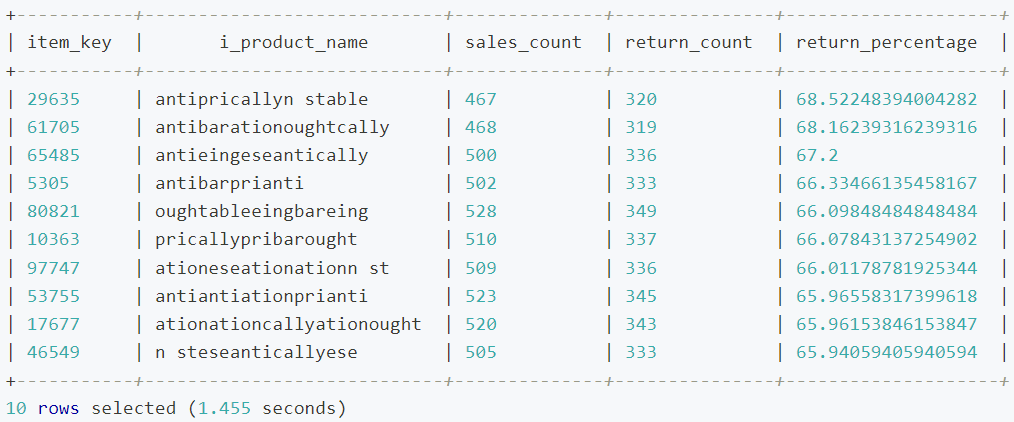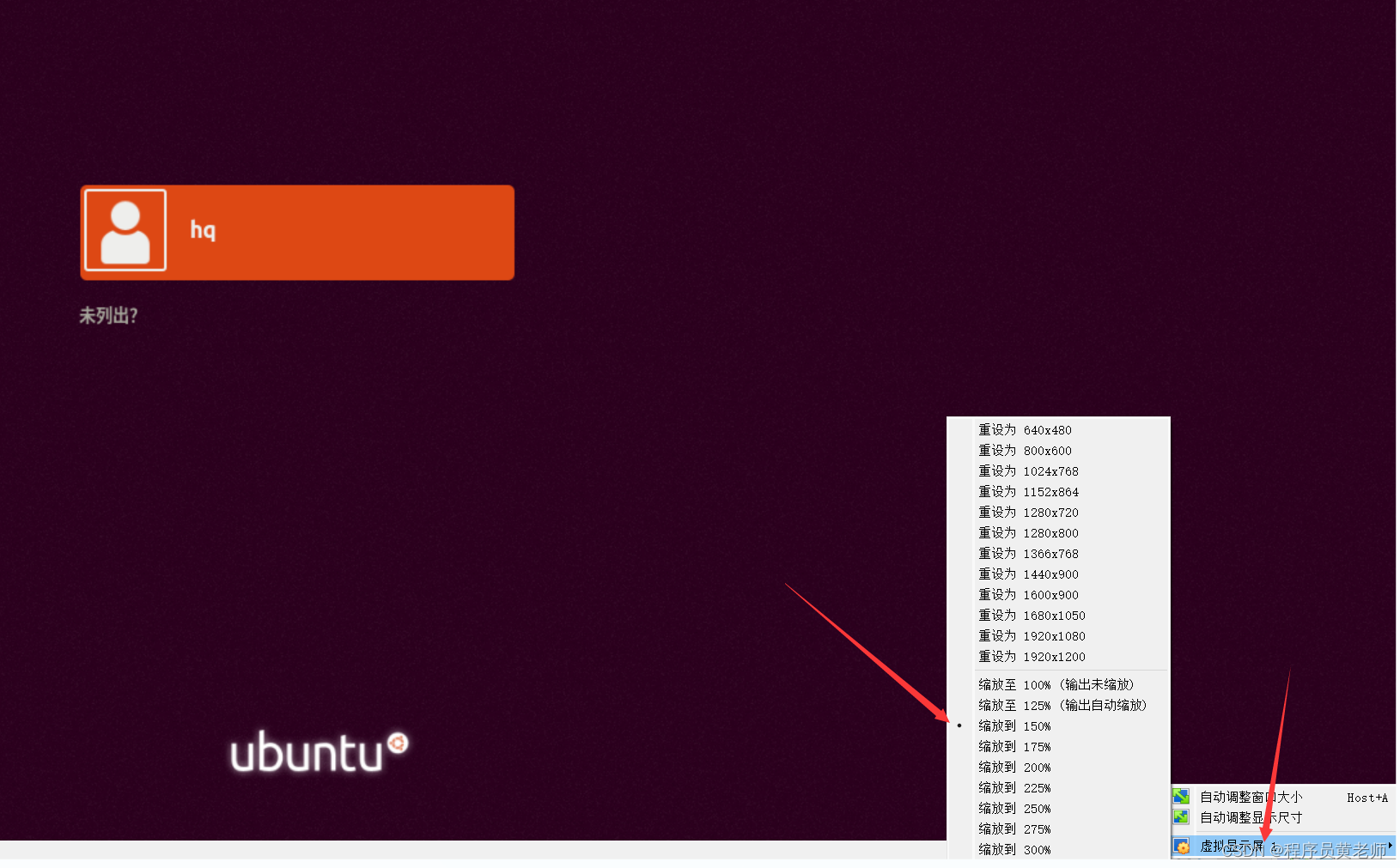public ActivityResult execStartActivity(
Context who, IBinder contextThread, IBinder token, Activity target,
Intent intent, int requestCode, Bundle options) {
IApplicationThread whoThread = (IApplicationThread) contextThread;
…
try {
…
int result = ActivityManager.getService()
.startActivity(whoThread, who.getBasePackageName(), intent,
intent.resolveTypeIfNeeded(who.getContentResolver()),
token, target != null ? target.mEmbeddedID : null,
requestCode, 0, null, options);
checkStartActivityResult(result, intent);
} catch (RemoteException e) {
throw new RuntimeException(“Failure from system”, e);
}
return null;
}
首先调用ActivityManager的getService方法来获取AMS的代理对象,接着调用它的startActivity方法
这里需要注意的是,Android8.0之前是通过ActivityManagerNative的getDefault未获取AMS的代理对象的, 现在这个逻辑封装到了ActivityManager中而不是ActivityManagerNative中。
frameworks/base/core/java/android/app/ActivityManager.java
@SystemService(Context.ACTIVITY_SERVICE)
public class ActivityManager {
public static IActivityManager getService() {
return IActivityManagerSingleton.get();
}
private static final Singleton IActivityManagerSingleton =
new Singleton() {
@Override
protected IActivityManager create() {
// Context.ACTIVITY_SERVICE值为"activity"
final IBinder b = ServiceManager.getService(Context.ACTIVITY_SERVICE);
final IActivityManager am = IActivityManager.Stub.asInterface(b);
return am;
}
};
}
getService方法调用了IActivityManagerSingleton的get方法,IActivityManagerSingleton是一个Singleton类。
这段代码采用的是AIDL,IActivityManager.java类是由AIDL工具在编译时自动生成的, 要实现进程间通信,服务器端也就是AMS只需要继承IActivityManager.Stub类并实现相应的方法就可以了。
注意Android8.0之前并没有采用AIDL,而是采用了类似AIDL的形式, 用AMS的代理对象ActivityManagerProxy来与AMS进行进程间通信, Android8.0去除了ActivityManagerNative的内部类ActivityManagerProxy, 代替它的是IActivityManager,它是AMS在本地的代理。 回到Instrumentation类的execStartActivity方法中, 从上面得知execStartActivity方法最终调用的是AMS的startActivity方法。

我们先看看AMS里面的代码
frameworks/base/services/core/java/com/android/server/am/ActivityManagerService.java
@Override
public final int startActivity(IApplicationThread caller, String callingPackage,
Intent intent, String resolvedType, IBinder resultTo, String resultWho, int requestCode,
int startFlags, ProfilerInfo profilerInfo, Bundle bOptions) {
return startActivityAsUser(caller, callingPackage, intent, resolvedType, resultTo,
resultWho, requestCode, startFlags, profilerInfo, bOptions,
UserHandle.getCallingUserId());
}
@Override
public final int startActivityAsUser(IApplicationThread caller, String callingPackage,
Intent intent, String resolvedType, IBinder resultTo, String resultWho, int requestCode,
int startFlags, ProfilerInfo profilerInfo, Bundle bOptions, int userId) {
// 判断调用者进程是否被隔离,如果被隔离则抛出SecurityException异常
enforceNotIsolatedCaller(“startActivity”);
// 检查调用者是否有权限,如果没有权限也会抛出SecurityException异常
userId = mUserController.handleIncomingUser(Binder.getCallingPid(), Binder.getCallingUid(),
userId, false, ALLOW_FULL_ONLY, “startActivity”, null);
// TODO: Switch to user app stacks here.
return mActivityStarter.startActivityMayWait(caller, -1, callingPackage, intent,
resolvedType, null, null, resultTo, resultWho, requestCode, startFlags,
profilerInfo, null, null, bOptions, false, userId, null, “startActivityAsUser”);
}
可知,AMS使用ActivityStarter来启动Activity
frameworks/base/services/core/java/com/android/server/am/ActivityStarter.java
final int startActivityMayWait(IApplicationThread caller, int callingUid,
String callingPackage, Intent intent, String resolvedType,
IVoiceInteractionSession voiceSession, IVoiceInteractor voiceInteractor,
IBinder resultTo, String resultWho, int requestCode, int startFlags,
ProfilerInfo profilerInfo, WaitResult outResult,
Configuration globalConfig, Bundle bOptions, boolean ignoreTargetSecurity, int userId,
TaskRecord inTask, String reason) {
…
final ActivityRecord[] outRecord = new ActivityRecord[1];
int res = startActivityLocked(caller, intent, ephemeralIntent, resolvedType,
aInfo, rInfo, voiceSession, voiceInteractor,
resultTo, resultWho, requestCode, callingPid,
callingUid, callingPackage, realCallingPid, realCallingUid, startFlags,
options, ignoreTargetSecurity, componentSpecified, outRecord, inTask,
reason);
…
return res;
}
}
我们看下startActivityLocked方法,这个方法在ActivityStarter.startActivity前调用,会做一些校验
int startActivityLocked(IApplicationThread caller, Intent intent, Intent ephemeralIntent,
String resolvedType, ActivityInfo aInfo, ResolveInfo rInfo,
IVoiceInteractionSession voiceSession, IVoiceInteractor voiceInteractor,
IBinder resultTo, String resultWho, int requestCode, int callingPid, int callingUid,
String callingPackage, int realCallingPid, int realCallingUid, int startFlags,
ActivityOptions options, boolean ignoreTargetSecurity, boolean componentSpecified,
ActivityRecord[] outActivity, TaskRecord inTask, String reason) {
// 不会直接调用startActivity,要先做一些校验
if (TextUtils.isEmpty(reason)) {
throw new IllegalArgumentException(“Need to specify a reason.”);
}
mLastStartReason = reason;
mLastStartActivityTimeMs = System.currentTimeMillis();
mLastStartActivityRecord[0] = null;
mLastStartActivityResult = startActivity(caller, intent, ephemeralIntent, resolvedType,
aInfo, rInfo, voiceSession, voiceInteractor, resultTo, resultWho, requestCode,
callingPid, callingUid, callingPackage, realCallingPid, realCallingUid, startFlags,
options, ignoreTargetSecurity, componentSpecified, mLastStartActivityRecord,
inTask);
if (outActivity != null) {
// mLastStartActivityRecord[0] is set in the call to startActivity above.
outActivity[0] = mLastStartActivityRecord[0];
}
// Aborted results are treated as successes externally, but we must track them internally.
return mLastStartActivityResult != START_ABORTED ? mLastStartActivityResult : START_SUCCESS;
}
接着调用startActivity方法
/** DO NOT call this method directly. Use {@link #startActivityLocked} instead. */
private int startActivity(IApplicationThread caller, Intent intent, Intent ephemeralIntent,
String resolvedType, ActivityInfo aInfo, ResolveInfo rInfo,
IVoiceInteractionSession voiceSession, IVoiceInteractor voiceInteractor,
IBinder resultTo, String resultWho, int requestCode, int callingPid, int callingUid,
String callingPackage, int realCallingPid, int realCallingUid, int startFlags,
ActivityOptions options, boolean ignoreTargetSecurity, boolean componentSpecified,
ActivityRecord[] outActivity, TaskRecord inTask) {
int err = ActivityManager.START_SUCCESS;
// Pull the optional Ephemeral Installer-only bundle out of the options early.
final Bundle verificationBundle
= options != null ? options.popAppVerificationBundle() : null;
ProcessRecord callerApp = null;
if (caller != null) {
// 得到的是代表Launcher进程的callerApp对象,它是ProcessRecord类型的,ProcessRecord用于描述一个应用程序进程
callerApp = mService.getRecordForAppLocked(caller);
if (callerApp != null) {
callingPid = callerApp.pid;
callingUid = callerApp.info.uid;
} else {
Slog.w(TAG, "Unable to find app for caller " + caller
-
" (pid=" + callingPid + ") when starting: "
-
intent.toString());
err = ActivityManager.START_PERMISSION_DENIED;
}
}
…
ActivityRecord r = new startActivity(mService, callerApp, callingPid, callingUid,
callingPackage, intent, resolvedType, aInfo, mService.getGlobalConfiguration(),
resultRecord, resultWho, requestCode, componentSpecified, voiceSession != null,
mSupervisor, options, sourceRecord);
if (outActivity != null) {
outActivity[0] = r;
}
…
doPendingActivityLaunchesLocked(false);
return startActivity(r, sourceRecord, voiceSession, voiceInteractor, startFlags, true,
options, inTask, outActivity);
}
在启动Activity之前,系统会创建一个startActivity对象,ActivityRecord用于描述一个Activity,用来记录一个Activity的所有信息
private int startActivity(final ActivityRecord r, ActivityRecord sourceRecord,
IVoiceInteractionSession voiceSession, IVoiceInteractor voiceInteractor,
int startFlags, boolean doResume, ActivityOptions options, TaskRecord inTask,
ActivityRecord[] outActivity) {
int result = START_CANCELED;
try {
mService.mWindowManager.deferSurfaceLayout();
result = startActivityUnchecked(r, sourceRecord, voiceSession, voiceInteractor,
startFlags, doResume, options, inTask, outActivity);
} finally {
…
}
…
return result;
}
startActivityUnchecked方法代码比较多,主要处理与栈管理相关的逻辑。
// Note: This method should only be called from {@link startActivity}.
private int startActivityUnchecked(final ActivityRecord r, ActivityRecord sourceRecord,
IVoiceInteractionSession voiceSession, IVoiceInteractor voiceInteractor,
int startFlags, boolean doResume, ActivityOptions options, TaskRecord inTask,
ActivityRecord[] outActivity) {
…
// If the activity being launched is the same as the one currently at the top, then
// we need to check if it should only be launched once.
final ActivityStack topStack = mSupervisor.mFocusedStack;
final ActivityRecord topFocused = topStack.topActivity();
final ActivityRecord top = topStack.topRunningNonDelayedActivityLocked(mNotTop);
…
// 启动根Activity时会将Intent的Flag设置为FLAG_ACTIVITY_NEW_TASK
// Should this be considered a new task?
int result = START_SUCCESS;
if (mStartActivity.resultTo == null && mInTask == null && !mAddingToTask
&& (mLaunchFlags & FLAG_ACTIVITY_NEW_TASK) != 0) {
newTask = true;
// setTaskFromReuseOrCreateNewTask方法内部会创建一个新的Activity任务栈
result = setTaskFromReuseOrCreateNewTask(
taskToAffiliate, preferredLaunchStackId, topStack);
} else if (mSourceRecord != null) {
result = setTaskFromSourceRecord();
} else if (mInTask != null) {
result = setTaskFromInTask();
} else {
// This not being started from an existing activity, and not part of a new task…
// just put it in the top task, though these days this case should never happen.
setTaskToCurrentTopOrCreateNewTask();
}
if (result != START_SUCCESS) {
return result;
}
…
if (mDoResume) {
final ActivityRecord topTaskActivity =
mStartActivity.getTask().topRunningActivityLocked();
if (!mTargetStack.isFocusable()
|| (topTaskActivity != null && topTaskActivity.mTaskOverlay
&& mStartActivity != topTaskActivity)) {
…
} else {
// If the target stack was not previously focusable (previous top running activity
// on that stack was not visible) then any prior calls to move the stack to the
// will not update the focused stack. If starting the new activity now allows the
// task stack to be focusable, then ensure that we now update the focused stack
// accordingly.
if (mTargetStack.isFocusable() && !mSupervisor.isFocusedStack(mTargetStack)) {
mTargetStack.moveToFront(“startActivityUnchecked”);
}
mSupervisor.resumeFocusedStackTopActivityLocked(mTargetStack, mStartActivity,
mOptions);
}
} else {
mTargetStack.addRecentActivityLocked(mStartActivity);
}
mSupervisor.updateUserStackLocked(mStartActivity.userId, mTargetStack);
mSupervisor.handleNonResizableTaskIfNeeded(mStartActivity.getTask(), preferredLaunchStackId,
preferredLaunchDisplayId, mTargetStack.mStackId);
return START_SUCCESS;
}
接下来调用的是ActivityStackSupervisor的resumeFocusedStackTopActivityLocked方法,从这里开始要处理堆栈的事务了
frameworks/base/services/core/java/com/android/server/am/ActivityStackSupervisor.java
boolean resumeFocusedStackTopActivityLocked(
ActivityStack targetStack, ActivityRecord target, ActivityOptions targetOptions) {
if (!readyToResume()) {
return false;
}
if (targetStack != null && isFocusedStack(targetStack)) {
return targetStack.resumeTopActivityUncheckedLocked(target, targetOptions);
}
//获取要启动的Activity所在校的核顶的不是处于停止状态的ActivityRecord
final ActivityRecord r = mFocusedStack.topRunningActivityLocked();
if (r == null || r.state != RESUMED) {
mFocusedStack.resumeTopActivityUncheckedLocked(null, null);
} else if (r.state == RESUMED) {
// Kick off any lingering app transitions form the MoveTaskToFront operation.
mFocusedStack.executeAppTransition(targetOptions);
}
return false;
}
ActivityStackSupervisor相当于ActivityStack的帮助类,需要ActivityStack进行下一步堆栈的处理
frameworks/base/services/core/java/com/android/server/am/ActivityStack.java
boolean resumeTopActivityUncheckedLocked(ActivityRecord prev, ActivityOptions options) {
if (mStackSupervisor.inResumeTopActivity) {
// Don’t even start recursing.
return false;
}
boolean result = false;
try {
// Protect against recursion.
mStackSupervisor.inResumeTopActivity = true;
result = resumeTopActivityInnerLocked(prev, options);
} finally {
mStackSupervisor.inResumeTopActivity = false;
}
final ActivityRecord next = topRunningActivityLocked(true /* focusableOnly */);
if (next == null || !next.canTurnScreenOn()) {
checkReadyForSleep();
}
return result;
}
resumeTopActivityInnerLocked的内容很多,我们只关心以下代码
private boolean resumeTopActivityInnerLocked(ActivityRecord prev, ActivityOptions options) {
…
mStackSupervisor.startSpecificActivityLocked(next, true, false);
…
return true;
}
又回到了ActivityStackSupervisor,调用startSpecificActivityLocked方法
frameworks/base/services/core/java/com/android/server/am/ActivityStackSupervisor.java
void startSpecificActivityLocked(ActivityRecord r,
boolean andResume, boolean checkConfig) {
// Is this activity’s application already running?
ProcessRecord app = mService.getProcessRecordLocked(r.processName,
r.info.applicationInfo.uid, true);
r.getStack().setLaunchTime®;
if (app != null && app.thread != null) {
try {
if ((r.info.flags&ActivityInfo.FLAG_MULTIPROCESS) == 0
|| !“android”.equals(r.info.packageName)) {
// Don’t add this if it is a platform component that is marked
// to run in multiple processes, because this is actually
// part of the framework so doesn’t make sense to track as a
// separate apk in the process.
app.addPackage(r.info.packageName, r.info.applicationInfo.versionCode,
mService.mProcessStats);
}
realStartActivityLocked(r, app, andResume, checkConfig);
return;
} catch (RemoteException e) {
Slog.w(TAG, "Exception when starting activity "
- r.intent.getComponent().flattenToShortString(), e);
}
// If a dead object exception was thrown – fall through to
// restart the application.
}
// 启动应用程序进程
mService.startProcessLocked(r.processName, r.info.applicationInfo, true, 0,
“activity”, r.intent.getComponent(), false, false, true);
}
接下来就是realStartActivityLocked,到这里堆栈基本处理完毕,准备通知ApplicationThread
final boolean realStartActivityLocked(ActivityRecord r, ProcessRecord app,
boolean andResume, boolean checkConfig) throws RemoteException {
…
app.thread.scheduleLaunchActivity(new Intent(r.intent), r.appToken,
System.identityHashCode®, r.info,
// TODO: Have this take the merged configuration instead of separate global
// and override configs.
mergedConfiguration.getGlobalConfiguration(),
mergedConfiguration.getOverrideConfiguration(), r.compat,
r.launchedFromPackage, task.voiceInteractor, app.repProcState, r.icicle,
r.persistentState, results, newIntents, !andResume,
mService.isNextTransitionForward(), profilerInfo);
…
}
这里的app.thread指的是IApplicationThread,它的实现是ActivityThread的内部类ApplicationThread, 其中ApplicationThread继承了IApplicationThread.Stub

上一节写到AMS通过各种途径,最终通知到ApplicationThread。而在这一步骤,ApplicationThread通过消息机制告知ActivityThread,
frameworks/base/core/java/android/app/ActivityThread.java#ApplicationThread
@Override
public final void scheduleLaunchActivity(Intent intent, IBinder token, int ident,
ActivityInfo info, Configuration curConfig, Configuration overrideConfig,
CompatibilityInfo compatInfo, String referrer, IVoiceInteractor voiceInteractor,
int procState, Bundle state, PersistableBundle persistentState,
List pendingResults, List pendingNewIntents,
boolean notResumed, boolean isForward, ProfilerInfo profilerInfo) {
updateProcessState(procState, false);
ActivityClientRecord r = new ActivityClientRecord();
r.token = token;
r.ident = ident;
r.intent = intent;
r.referrer = referrer;
r.voiceInteractor = voiceInteractor;
r.activityInfo = info;
r.compatInfo = compatInfo;
r.state = state;
r.persistentState = persistentState;
r.pendingResults = pendingResults;
r.pendingIntents = pendingNewIntents;
r.startsNotResumed = notResumed;
r.isForward = isForward;
r.profilerInfo = profilerInfo;
r.overrideConfig = overrideConfig;
updatePendingConfiguration(curConfig);
sendMessage(H.LAUNCH_ACTIVITY, r);
}
我们看看sendMessage的代码
frameworks/base/core/java/android/app/ActivityThread.java
private void sendMessage(int what, Object obj, int arg1, int arg2, boolean async) {
if (DEBUG_MESSAGES) Slog.v(
TAG, "SCHEDULE " + what + " " + mH.codeToString(what)
- ": " + arg1 + " / " + obj);
Message msg = Message.obtain();
msg.what = what;
msg.obj = obj;
msg.arg1 = arg1;
msg.arg2 = arg2;
if (async) {
msg.setAsynchronous(true);
}
mH.sendMessage(msg);
}
它向一个mH对象发送的一个what为H.LAUNCH_ACTIVITY(值为100),obj为ActivityClientRecord的Message,H是ActivityThread内的一个Handler
H收到指令后会调用handleLaunchActivity方法
private class H extends Handler {
public static final int LAUNCH_ACTIVITY = 100;
public static final int RELAUNCH_ACTIVITY = 101;
…
String codeToString(int code) {
if (DEBUG_MESSAGES) {
switch (code) {
case LAUNCH_ACTIVITY: return “LAUNCH_ACTIVITY”;
…
}
}
return Integer.toString(code);
}
public void handleMessage(Message msg) {
if (DEBUG_MESSAGES) Slog.v(TAG, ">>> handling: " + codeToString(msg.what));
switch (msg.what) {
case LAUNCH_ACTIVITY: {
Trace.traceBegin(Trace.TRACE_TAG_ACTIVITY_MANAGER, “activityStart”);
final ActivityClientRecord r = (ActivityClientRecord) msg.obj;
r.packageInfo = getPackageInfoNoCheck(
r.activityInfo.applicationInfo, r.compatInfo);
handleLaunchActivity(r, null, “LAUNCH_ACTIVITY”);
Trace.traceEnd(Trace.TRACE_TAG_ACTIVITY_MANAGER);
} break;
case RELAUNCH_ACTIVITY: {
Trace.traceBegin(Trace.TRACE_TAG_ACTIVITY_MANAGER, “activityRestart”);
ActivityClientRecord r = (ActivityClientRecord)msg.obj;
handleRelaunchActivity®;
Trace.traceEnd(Trace.TRACE_TAG_ACTIVITY_MANAGER);
} break;
…
}
Object obj = msg.obj;
if (obj instanceof SomeArgs) {
((SomeArgs) obj).recycle();
}
if (DEBUG_MESSAGES) Slog.v(TAG, "<<< done: " + codeToString(msg.what));
}
}
这里我们先看下getPackageInfoNoCheck方法,这个方法主要用于获取应用的包信息,然后返回LoadedApk对象
public final LoadedApk getPackageInfoNoCheck(ApplicationInfo ai,
CompatibilityInfo compatInfo) {
return getPackageInfo(ai, compatInfo, null, false, true, false);
}
private LoadedApk getPackageInfo(ApplicationInfo aInfo, CompatibilityInfo compatInfo,
ClassLoader baseLoader, boolean securityViolation, boolean includeCode,
boolean registerPackage) {
final boolean differentUser = (UserHandle.myUserId() != UserHandle.getUserId(aInfo.uid));
synchronized (mResourcesManager) {
WeakReference ref;
if (differentUser) {
// Caching not supported across users
ref = null;
} else if (includeCode) {
ref = mPackages.get(aInfo.packageName);
} else {
ref = mResourcePackages.get(aInfo.packageName);
}
LoadedApk packageInfo = ref != null ? ref.get() : null;
if (packageInfo == null || (packageInfo.mResources != null
&& !packageInfo.mResources.getAssets().isUpToDate())) {
-
if (localLOGV) Slog.v(TAG, (includeCode ? "Loading code package "
- "Loading resource-only package ") + aInfo.packageName
- " (in " + (mBoundApplication != null
? mBoundApplication.processName : null)
- “)”);
packageInfo =
new LoadedApk(this, aInfo, compatInfo, baseLoader,
securityViolation, includeCode &&
(aInfo.flags&ApplicationInfo.FLAG_HAS_CODE) != 0, registerPackage);
if (mSystemThread && “android”.equals(aInfo.packageName)) {
packageInfo.installSystemApplicationInfo(aInfo,
getSystemContext().mPackageInfo.getClassLoader());
}
if (differentUser) {
// Caching not supported across users
} else if (includeCode) {
mPackages.put(aInfo.packageName,
new WeakReference(packageInfo));
} else {
mResourcePackages.put(aInfo.packageName,
new WeakReference(packageInfo));
}
}
return packageInfo;
}
}
然后接着看handleLaunchActivity方法
private void handleLaunchActivity(ActivityClientRecord r, Intent customIntent, String reason) {
…
WindowManagerGlobal.initialize();
最后
小编这些年深知大多数初中级Android工程师,想要提升自己,往往是自己摸索成长,自己不成体系的自学效果低效漫长且无助。
因此我收集整理了一份《2024年Android移动开发全套学习资料》,初衷也很简单,就是希望能够帮助到想自学提升又不知道该从何学起的朋友。

一个人可以走的很快,但一群人才能走的更远!不论你是正从事IT行业的老鸟或是对IT行业感兴趣的新人
都欢迎加入我们的的圈子(技术交流、学习资源、职场吐槽、大厂内推、面试辅导),让我们一起学习成长!
资料⬅专栏获取
n != null
? mBoundApplication.processName : null)
- “)”);
packageInfo =
new LoadedApk(this, aInfo, compatInfo, baseLoader,
securityViolation, includeCode &&
(aInfo.flags&ApplicationInfo.FLAG_HAS_CODE) != 0, registerPackage);
if (mSystemThread && “android”.equals(aInfo.packageName)) {
packageInfo.installSystemApplicationInfo(aInfo,
getSystemContext().mPackageInfo.getClassLoader());
}
if (differentUser) {
// Caching not supported across users
} else if (includeCode) {
mPackages.put(aInfo.packageName,
new WeakReference(packageInfo));
} else {
mResourcePackages.put(aInfo.packageName,
new WeakReference(packageInfo));
}
}
return packageInfo;
}
}
然后接着看handleLaunchActivity方法
private void handleLaunchActivity(ActivityClientRecord r, Intent customIntent, String reason) {
…
WindowManagerGlobal.initialize();
最后
小编这些年深知大多数初中级Android工程师,想要提升自己,往往是自己摸索成长,自己不成体系的自学效果低效漫长且无助。
因此我收集整理了一份《2024年Android移动开发全套学习资料》,初衷也很简单,就是希望能够帮助到想自学提升又不知道该从何学起的朋友。
[外链图片转存中…(img-qv6XnfkS-1718993667533)]
一个人可以走的很快,但一群人才能走的更远!不论你是正从事IT行业的老鸟或是对IT行业感兴趣的新人
都欢迎加入我们的的圈子(技术交流、学习资源、职场吐槽、大厂内推、面试辅导),让我们一起学习成长!
资料⬅专栏获取
